Toba Hawthorn isn’t happy
minu57
5 years ago
Featured Answer
Sort by:Oldest
Comments (11)
minu57
5 years agoRelated Professionals
Danbury Landscape Architects & Landscape Designers · Crystal Landscape Contractors · El Segundo Landscape Contractors · Mesa Landscape Contractors · New Berlin Landscape Contractors · North Hills Landscape Contractors · Glasgow Decks, Patios & Outdoor Enclosures · Hampton Bays Decks, Patios & Outdoor Enclosures · Pueblo West Decks, Patios & Outdoor Enclosures · Visalia Swimming Pool Builders · Anderson Landscape Contractors · Maywood Landscape Contractors · Parkland Landscape Contractors · Reedley Landscape Contractors · Clearfield Landscape Contractorsminu57
5 years agominu57
5 years agominu57
5 years agoEmbothrium
5 years agolast modified: 5 years ago
Related Stories
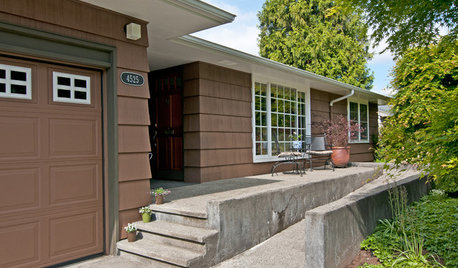
HOUZZ TOURSMy Houzz: A Seattle Remodel Offers Accessibility
Access for legs and wheels was the priority in this Washington state home's renovation, but universal design doesn't mean less style
Full Story
FALL GARDENING6 Trees You'll Fall For
Don’t put down that spade! Autumn is the perfect time for planting these trees
Full Story
LANDSCAPE DESIGNPretty Trees for Patios, Paths and Other Tight Spots
Choose trees for their size, shape and rate of growth — or shape them to fit your space. Here's how to get started
Full Story
LIVING ROOMSNew This Week: 7 Colorful Living Rooms
See how bold paint colors and furniture schemes come together to create stylishly coordinated spaces
Full Story
GARDENING GUIDESGet a Head Start on Planning Your Garden Even if It’s Snowing
Reviewing what you grew last year now will pay off when it’s time to head outside
Full Story
DECORATING GUIDESFrom Queasy Colors to Killer Tables: Your Worst Decorating Mistakes
Houzzers spill the beans about buying blunders, painting problems and DIY disasters
Full Story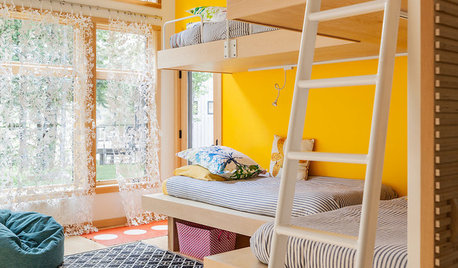
COLORDreaming in Color: 8 Eye-Opening Yellow Bedrooms
Start your day energized and cheerful with bedroom hues that sing of sunshine or golden fields
Full Story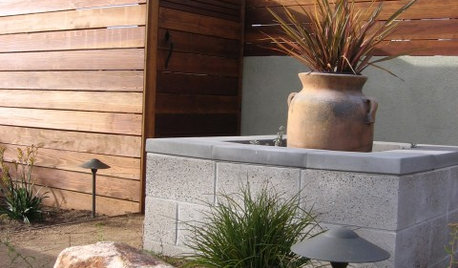
FENCES AND GATESModern Fencing for a More Secure Home
Deter would-be burglars without robbing your home of style, by installing a modern fence like one of these
Full Story
ARBOR DAY8 Reasons to Plant a Great Tree
Beauty is its own reward, but the benefits of planting the right tree in the right place go way beyond looks
Full Story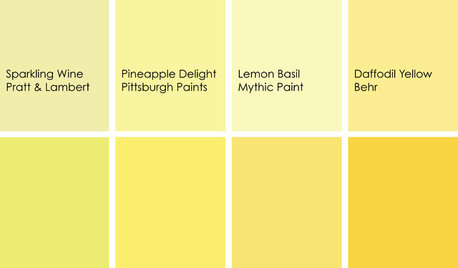
KITCHEN DESIGNCooking With Color: When to Use Yellow in the Kitchen
Perk up your kitchen with a burst of Pineapple Delight or a dollop of Top Banana on the walls, cabinets or countertops
Full StoryMore Discussions






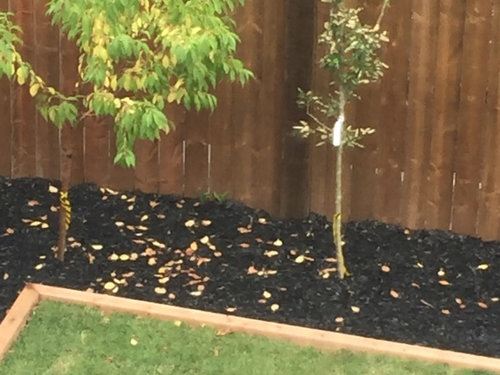
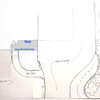
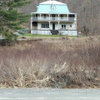
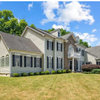

gtcircus